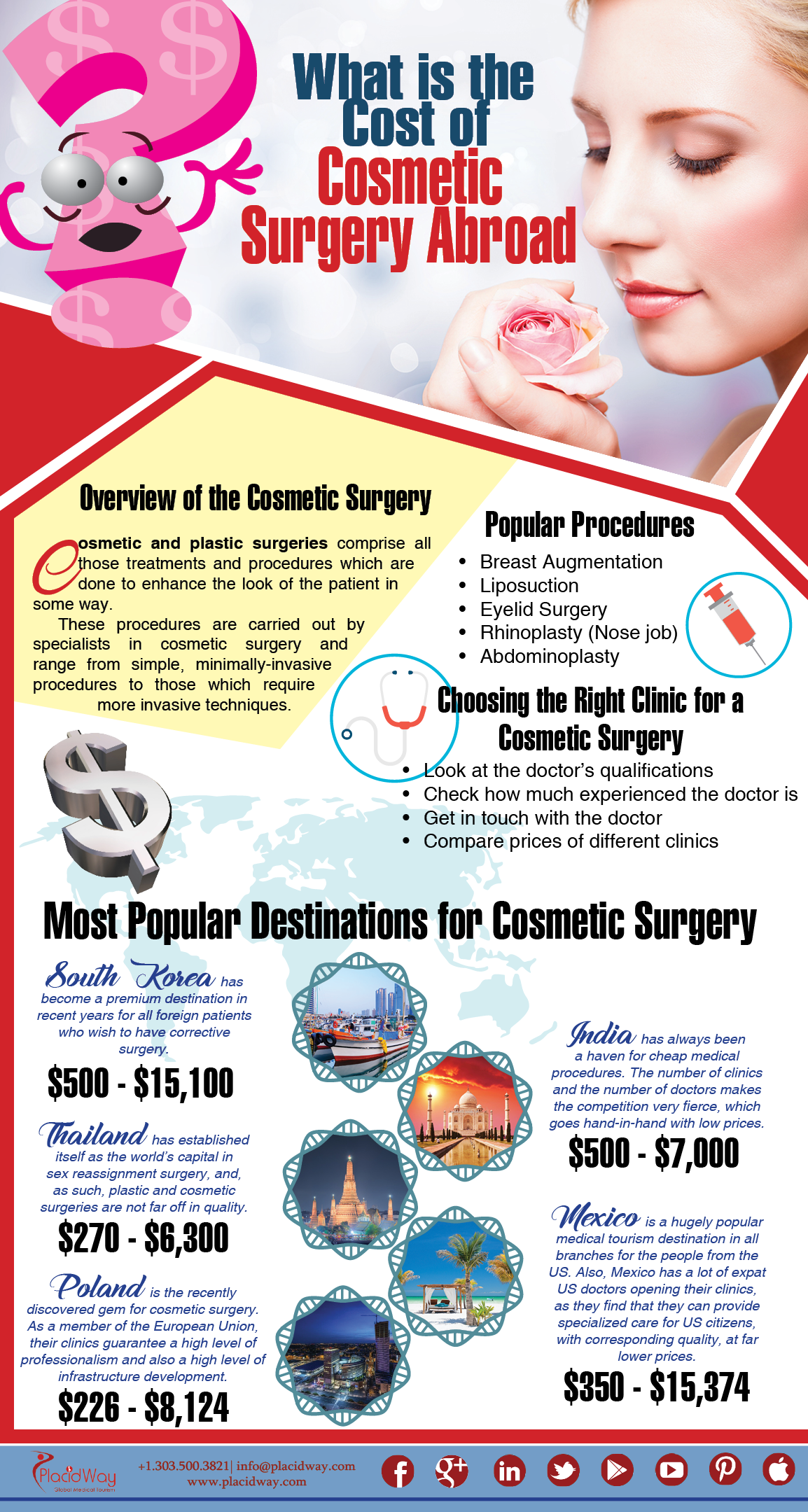Low Glycemic Diet For Acne
Low Glycemic Diet For Acne
Blog Article
Root causes of Acne on Cheeks
Acne outbreaks in the cheek location are set off by numerous points, from touching your face often to not changing your pillow case commonly enough. Picking at blemishes raises your danger of infection and scarring, and certain medicines can intensify dark spots (postinflammatory hyperpigmentation).
Fortunately, there are numerous ways to prevent and treat cheek acne. These include:
1. Hormonal Changes
Acne is mostly caused by hormones, especially those produced during puberty and pregnancy. For some, a family history of acne may also contribute to their problem. Anything that obstructs pores, such as oil-based skin treatment items or ceraceous hair items, can activate acne. Different topical treatments, like benzoyl peroxide and salicylic acid, can combat germs and unblock pores. Those with severe or chronic acne ought to seek treatment from their medical professional.
Stay clear of touching or pressing your acne, as this can press a few of the germs deeper into the skin, resulting in a more severe outbreak. It is additionally crucial to alter pillowcases routinely and utilize clean makeup brushes. You should additionally attempt to prevent irritants such as friction from putting on a headgear or limited collar.
2. Diet plan
The greasy, sweet foods that many individuals assume trigger acne might really refrain from doing so. As a matter of fact, studies have actually revealed that consuming a diet plan rich in whole, nutrient-dense foods helps to stop outbreaks.
Foods high in the glycemic index (such as white bread, corn flakes, puffed rice and potatoes, doughnuts and other breads) elevate blood glucose levels rapidly, and this can increase hormonal agents that enhance oil manufacturing and result in acne.
Drinking cow's milk has actually likewise been linked to increased acne outbreaks. If you are a normal cow's milk enthusiast, you might want to attempt changing to low-fat or nondairy alternatives that are strengthened with calcium. On top of that, consuming more water can aid to lower acne since it helps to maintain the skin hydrated.
3. Excess Oil
While oil is necessary for healthy skin, it can become a trouble when excessive sebum mixes with botox clinics near me dead skin cells and obstructs pores. This mix can create blackheads, whiteheads and acnes. The obstructed pore wall can break down and spill bacteria, dead skin cells and sebum right into surrounding skin. This causes a red bump referred to as a pimple. Occasionally these red bumps have pus in the facility from a bacterial infection. Bigger infected bumps that look like acne are called cysts.
There are lots of things that can create excess sebum and stopped up pores, including hormonal agent changes, diet and day-to-day practices. Some instances include touching the face frequently, relaxing your hand on your cheek, using unclean make-up brushes and not changing pillow cases frequently.
4. Stress
If you're managing pain acnes or a slew of blackheads and whiteheads, it might be time to talk to a skin doctor. They can recommend a reliable treatment that matches your skin type. Exercising relaxation and stress-reduction strategies likewise aids.
Acne can happen in the cheeks as a result of friction and stress, such as when a person touches their face regularly or uses a hat or sporting activities helmet that scrubs versus the skin. It can also show up where greasy cosmetics and creams rub against the skin.
Stay clear of squeezing acne, as this can push contaminated material deeper into the skin and bring about scarring. Instead, see a medical professional to find out about preventative therapies like medication, skin treatment products and way of life changes. Eating a healthy and balanced diet of entire foods, getting seven to 9 hours of sleep and utilizing noncomedogenic makeup and skincare items can all help reduce acne outbreaks.
5. Hair Products
Hair items are not usually taken a reason for outbreaks, but they can contribute to acne on the cheeks in some individuals. Pomade acne, which is characterized by little shut comedones and papulopustules, is typically brought on by the use of oily hair products which contain comedogenic ingredients such as specific oils and acetylated lanolin.
Picking hair products that don't have these potentially comedogenic components is a vital step toward decreasing breakouts. Likewise, making sure that hair products aren't being available in contact with the skin can aid avoid outbreaks. For example, using a headscarf or bonnet in the evening can limit hair-to-face call and reduce the possibility that leave-in hair items will certainly rub off onto the face.
In addition to utilizing a non-comedogenic cream and washing with an acne face wash, other handy strategies include: